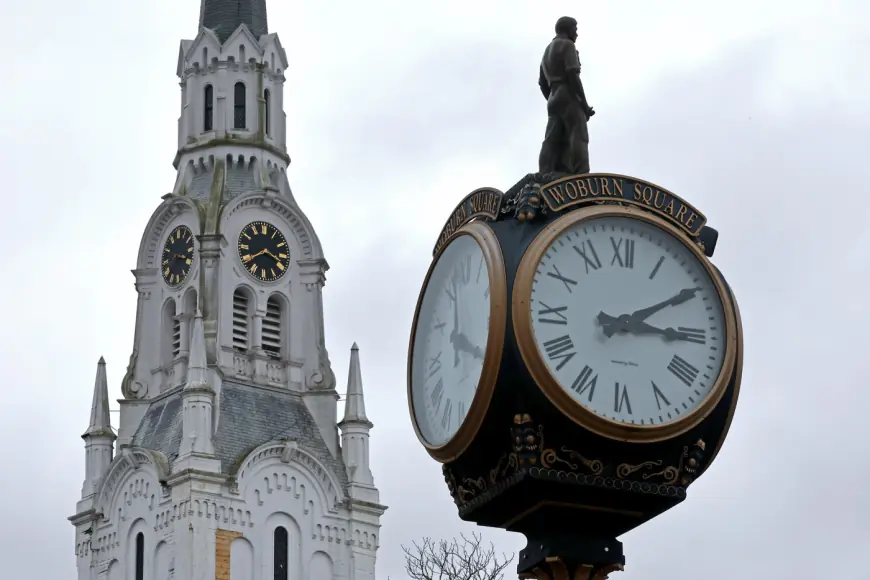Jacobson: Time to end the torture of time changes
This “spring ahead, fall back” clock change ritual has been going on (and off) for well over 100 years, and it is time to stop.

It happens twice a year. On the second Sunday in March, clocks are turned forward one hour, while on the first Sunday in November, they are turned back by the same amount. This “spring ahead, fall back” clock change ritual has been going on (and off) for well over 100 years, and it is time to stop.
Several people have been associated with the concept of daylight saving time, including Benjamin Franklin, George Hudson, and William Willett. Since the idea of adjusting clocks to accommodate the ever changing length of daily sunlight was put forward, the U.S. has engaged in a variety of clock change gymnastics.
Woodrow Wilson instituted daylight saving time during World War I, as a means to save energy. Franklin Roosevelt did the same during World War II. The U.S. got serious with the idea just under 60 years ago, enacting the Uniform Time Act of 1966, which formally set the details and restrictions around clock changes. States were given the option to opt out of daylight saving time, which Arizona took advantage of. Today, only Arizona and Hawaii are the lone renegades, keeping their clocks constant on standard time.
Over the years, modifications to when daylight saving time begins and ends have slowly added more time to daylight saving time. In 2024-2025, daylight saving time will end Nov. 3, and begin March 9, a grand total of 126 standard time days, leaving daylight saving time with the remaining 239 days across the calendar.
So why can’t Congress just pick one and stick to it? The problem is that people cannot agree on which one is “best,” whatever “best” means.
Florida Republican Sen. Marco Rubio led a charge to make daylight saving time the standard all year round, dubbed the Sunshine Protection Act. A similar bill was later put forward by Rep. Vern Buchanan, R-Fla. Since daylight changes throughout the year are most pronounced in northern states, having Florida elected officials put forward such legislation may lack credibility.
Sleep researchers argue that standard time is more in line with our circadian rhythms than daylight saving time. They suggest that daylight saving time increases the risk of cardiovascular events and other health conditions.
Those in favor of seasonal time clock changes cite children walking to school in the dark with daylight saving time used in the winter. This may have been true in the 1960’s when nearly one-half of children walked to school. In 2022, just 11% of students walked to school, which means that most will be unaffected (in terms of their safety) by keeping daylight saving time year-round.
Given that no one can decide which option is best, why not compromise, making everyone a bit unhappy, by setting the 30 minute point between daylight saving time and standard time throughout the year?
We are all faced with constant change. Wouldn’t it be nice to have one thing stay the same. The majority of people are in favor of ending the clock change ritual. A 30-minute compromise would be a “timely” move for the better.
Sheldon H. Jacobson is a professor of computer science at the University of Illinois Urbana Champaign/Tribune News Service
What's Your Reaction?









































































































